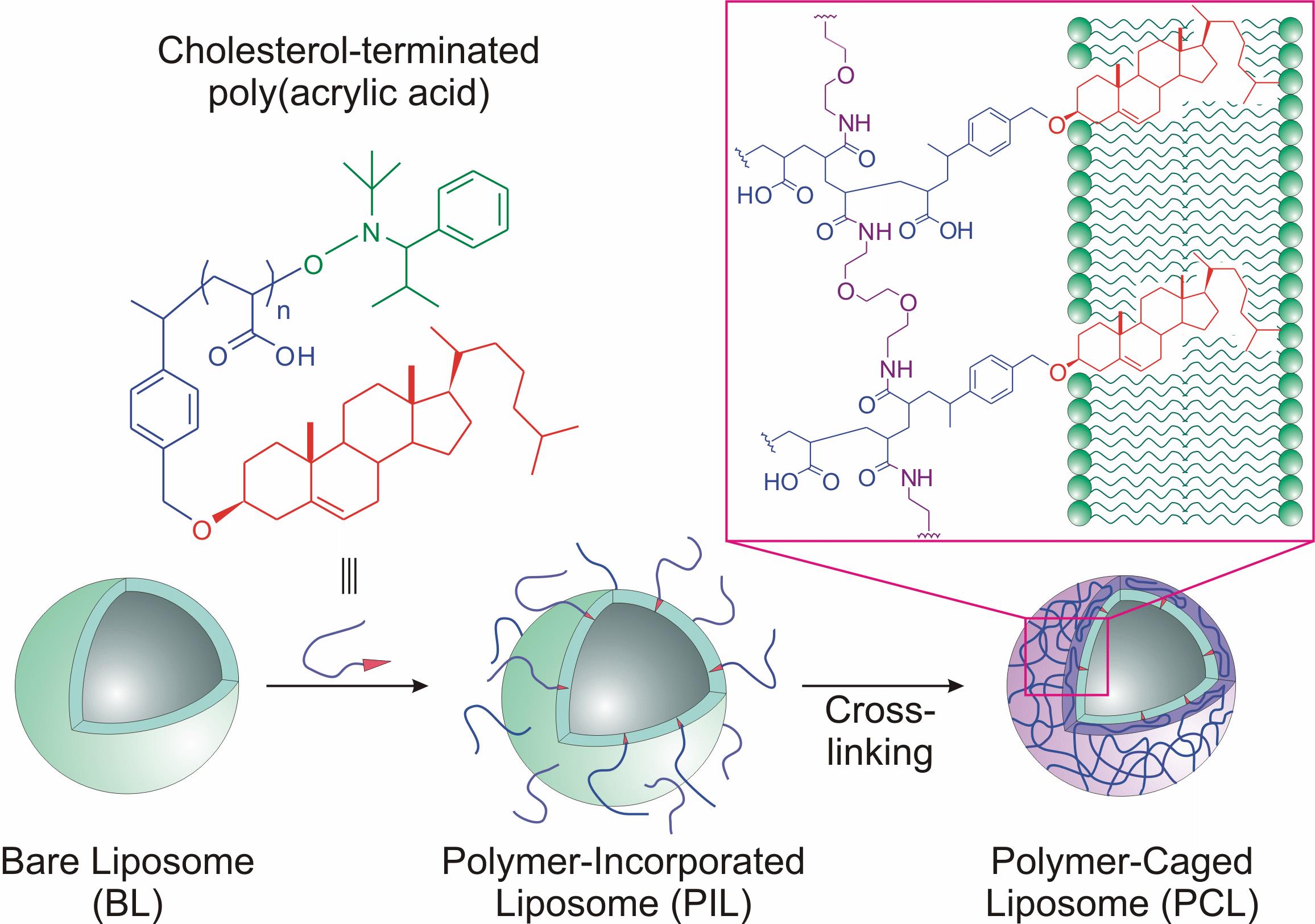Research Seminar of Prof.SonBinh T. Nguyenfrom Northwestern University
Lecture Time: 09:30 on 18th Sept., 2016
Lecture Room: C501 of National Science Park
Lecture Title:Smart nanoscale drug delivery platforms from stimuli-responsive polymers and liposomes

SonBinh T. Nguyen
Department of Chemistry and the Center for Cancer Nanotechnology Excellence
Northwestern University, 2145 Sheridan Rd., Evanston IL 60208-3113
Abstract
The development of narrowly dispersed, functionalized polymers as scaffolds for biologically active molecules is a powerful new approach to the preparation of hybrid nanostructures with chemically tailorable physical properties. Most importantly, the ability to control polymer chain growth in a living fashion allows chemists to use them in the fabrication of near-monodisperse, structurally precise nanocomposites. In addition, since such polymers can be readily made in large quantities and with numerous functionalities, they are uniquely versatile scaffolds/modifiers for liposomes and biopolymers such as DNA and proteins, allowing for the flexible synthetic programmability of the resulting hybrids.

Figure 1. Top: Schematic synthesis of Polymer-Caged Nanobins (PCN). Bottom: pH-responsive drug-release behavior of PCN. |
In one example from our group, a narrowly dispersed cholesterol-functionalized poly(acrylic acid) were grafted to drug-encapsulated liposomes via a simple drop-in procedure (Figure 1).[1]The resulting polymer-grafted liposomes possess surface-active carboxylate groups that can be crosslinked with telechelic linkers to afford highly stable Polymer-Caged Nanobins (PCNs). The cross-linked polymer cage in PCN acts as a lyoprotectant for the liposome core underneath, allowing for long-term storage of virtually any liposome sample as dry powders that can be reconstituted at will. It also greatly enhanced the stability of the caged liposome core in blood serum by virtue of steric barrier. Most importantly, the pH-responsive characteristics of the cross-linked polymer-cage can be used to trigger the release of the encapsulated drug payloads under specific acidic conditions.[2]The PCN concept has recently been extended to include lipoplexes and spherical nucleic acids (SNAs) with gene-knockdown applications.[3]The selective, targeted[4]delivery of multiple drugs,[5]or a combination of drugs and imaging agents,[6]to specific cancerous sites can reduce the dangers associated with conventional chemotherapy and reduce the amount of expensive drugs that is often prescribed to cancer patients, thus enhancing their quality of life.
References:
[1]a)"Polymer-caged liposomes: a pH-responsive delivery system with high stability" Lee, S.-M.; Chen H.; Dettmer, C. M.; O'Halloran, T. V.; Nguyen, S. T.J. Am. Chem. Soc.2007,129(49), 15096-15097. b) "Smart nanoscale drug delivery platforms from stimuli-responsive polymers and liposomes"Lee, S.-M.; Nguyen, S. T.Macromolecules2013,46, 9169-9180.
[2]a) "Biological evaluation of pH-responsive polymer-caged nanobins for breast cancer therapy" Lee, S.-M.; Ahn, R. W.; Chen, F.; Fought, A. C.; O'Halloran, T. V.; Cryns, V. L.; Nguyen, S. T.ACS Nano2010,4(9), 4971-4978. b) "Triggered release of pharmacophores from [Ni(HAsO3)]-loaded polymer-caged nanobin enhances pro-apoptotic activity: a combined experimental and theoretical study" Lee, S.-M.; Lee, O.-S.; O'Halloran, T. V.; Schatz, G. C.; Nguyen, S. T.ACS Nano2011,5(5), 3961-3969.
[3]a) "Acid-degradable polymer-caged lipoplex (PCL) platform for siRNA delivery: Facile cellular triggered release of siRNA"Hong, B. J.; Chipre, A. J.; Nguyen, S. T.J. Am. Chem. Soc.2013,135, 17655-17658. b) "Liposomal spherical nucleic acids"Banga, R. J.; Chernyak, N.; Narayan, S. P.; Nguyen, S. T.; Mirkin, C. A.J. Am. Chem. Soc.2014,136, 9866-9869.
[4]"'Clickable' Polymer-Caged Nanobins as a Modular Drug Delivery Platform"Lee, S.-M.; Chen H.; O’Halloran, T. V.; Nguyen, S. T.J. Am. Chem. Soc.2009,131(26), 9311-9320.
[5]"Polymer-caged nanobins for synergistic cisplatin-doxorubicin combination chemotherapy"Lee, S.-M.; O'Halloran, T. V.; Nguyen, S. T.J. Am. Chem. Soc.2010,132(48), 17130-17138.
[6]"Modular polymer-caged nanobins as a theranostic platform with enhanced magnetic resonance relaxivity and pH-responsive drug-release" Lee, S.-M.; Song, Y.; Hong, B. J.; MacRenaris, K. W.; Mastarone, D. J.; O'Halloran, T. V.; Meade, T. J.; Nguyen, S. T.Angew. Chem., Int. Ed.2010,49(51), 9960-9964.
Biography
SonBinh T. Nguyen received a doctoral degree in Chemistry under the directions of Profs. Robert Grubbs and Nathan Lewis at Caltech, where he was an NSF and an NDSEG predoctoral fellow. After an NSF postdoctoral fellowship with Prof. K. Barry Sharpless at Scripps, SonBinh began his independent career at Northwestern in 1996, where he is now a Professor of Chemistry. He is also a Senior Fellow in the technical staff at Argonne National Laboratory. At Northwestern, he has held the Dow Research Professorship, the highly prestigious McCormick Professorship of Teaching Excellence and the Directorship of the Integrated Science Program.
SonBinh has coauthored over 250 manuscripts, held over 30 patents, and is the recipient of many awards. His expertise is in the broad areas of catalysis, chemical synthesis, soft material synthesis, and biologically inspired materials chemistry. In 2014 and 2015, he was named a Highly Cited Researcher by Thompson-Reuters. He also was recently named one of 300 researchers (ranked by the total citations of their papers) in the field of materials science and engineering (MSE) by MSESupplies.com based on Elsevier Scopus data.
